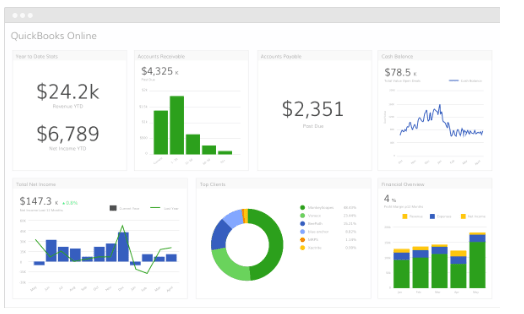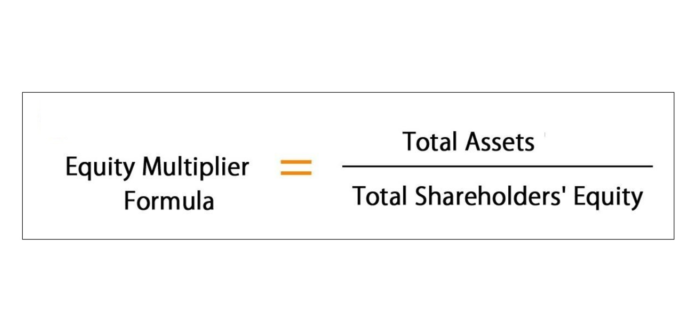
A negative balance in the retained earnings account is called an accumulated deficit. Retained earnings are the cumulative profit and losses of a company that has been reinvested into the business rather than being distributed as dividends to shareholders. Retained earnings are reported on the balance sheet under shareholder equity, which is classified as a long-term asset. This statement of retained earnings can appear as a separate statement or be included on either a balance sheet or an income statement. The statement is a financial document that includes information regarding a firm’s retained earnings, along with the net income and amounts distributed to stockholders in the form of dividends. Each statement covers a specified time period, as noted in the statement.

Current Liabilities
- Retained earnings are the cash left after paying the dividends from the net income.
- This is logical since the revenue accounts have credit balances and expense accounts have debit balances.
- We’ll explain everything you need to know about retained earnings, including how to create retained earnings statements quickly and easily with accounting software.
- Businesses that generate retained earnings over time are more valuable and have greater financial flexibility.
- Subtract the amount paid in dividends in the current accounting period from your retained earnings balance from that same period.
Bench simplifies your small business accounting by combining intuitive software that automates the retained earnings asset or liability busywork with real, professional human support. Retained earnings act as a reservoir of internal financing you can use to fund growth initiatives, finance capital expenditures, repay debts, or hire new staff. Before discussing where retained earnings fall on the balance sheet, it is crucial to understand what they are.
- There’s almost an unlimited number of ways a company can use retained earnings.
- Retained earnings represent a company’s accumulated profits or losses.
- It is essential for businesses large and small to accurately keep track of their retained earnings, as well as their total assets and liabilities.
- Since it doesn’t subtract the cost of goods sold, revenue is a good measurement of the demand for a business’s offerings.
- Since you’re thinking of keeping that money for reinvestment in the business, you forego a cash dividend and decide to issue a 5% stock dividend instead.
- You can find this figure on the balance sheet under the equity section.
What is the retained earnings formula?

Retained earnings are recorded in the shareholder equity section of the balance sheet rather than the asset section and usually do not consist solely of cash. While retained earnings are not classified as current liabilities, they can still affect a company’s current liabilities. Retained earnings may be used to acquire new assets, pay off debts, or finance operations. As such, these actions may help reduce or eliminate current liabilities. Retained earnings represent the cumulative net income of a company that is retained and reinvested in the company rather than distributed to shareholders.
- On a company’s balance sheet, retained earnings or accumulated deficit balance is reported in the stockholders’ equity section.
- Comparing your retained earnings from one accounting period to the next can help provide an important metric in how your company is doing financially and serve to guide future business decisions.
- Short-term obligations that must be paid within a year or operating cycle are considered current liabilities.
- Retained earnings represent the cumulative net income of a company that is retained and reinvested in the company rather than distributed to shareholders.
- For various reasons, some firms appropriate part of their retained earnings (RE).
- Retained earnings are net income (profits) that a company saves for future use or reinvests back into company operations.
Significance of retained earnings in attracting venture capital

Retained earnings refer to the historical profits earned by a company, minus any dividends it paid in the past. To get a better understanding of what retained earnings can tell you, the following options broadly cover all possible uses that a company can make of its surplus money. For instance, the first option leads to the earnings money going out of the books and accounts of the business forever because dividend payments are irreversible.
- These programs are designed to assist small businesses with creating financial statements, including retained earnings.
- All of our content is based on objective analysis, and the opinions are our own.
- Retained earnings are the portion of income that a business keeps for internal operations rather than paying out to shareholders as dividends.
- It is important to understand how retained earnings are classified to correctly analyze a company’s financial position.
- A balance is often struck, with some of the profits paid out in dividends and a portion of it kept as retained earnings.
- It pays the preference dividend to preference shareholders of $75,000 and equity dividend to the equity shareholders of $100,000.
What Is a Statement of Retained Earnings? What It Includes
Retained earnings are the portion of a company’s cumulative profit that is held or retained and saved for future use. Retained earnings could be used for funding an expansion or paying dividends to shareholders at a later date. Retained earnings are related to net (as opposed to gross) income because they are the net income amount saved by a QuickBooks company over time.

How To Calculate Retained Earnings

Any factors that affect net income to increase or decrease will also ultimately affect retained earnings. Retained earnings are a clearer indicator of financial health than a company’s profits because you can have a positive net income but once dividends are paid out, you have a negative cash flow. When a company pays dividends to its shareholders, it reduces its retained earnings by the amount of dividends paid. It reconciles the beginning balance of net income or loss for the period, subtracts dividends paid to shareholders and provides the ending balance of retained earnings. Profits give a lot of room to the business owner(s) or the company management to use the surplus money earned. This profit is often paid out to shareholders, but it can also be reinvested back into the company for growth purposes.
